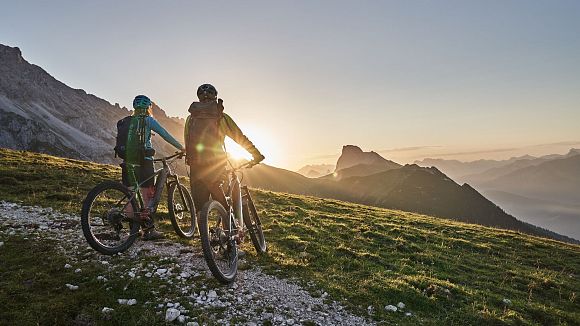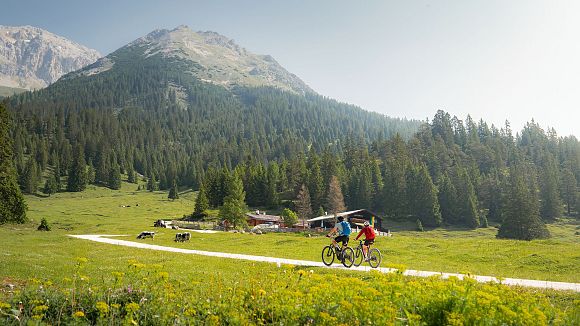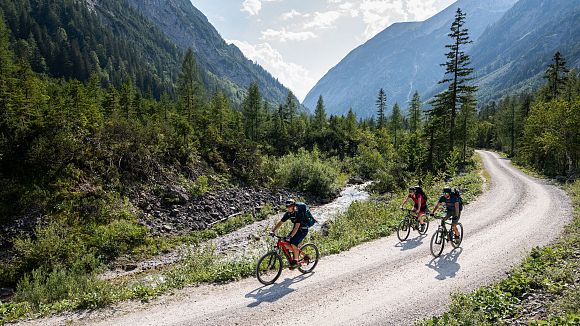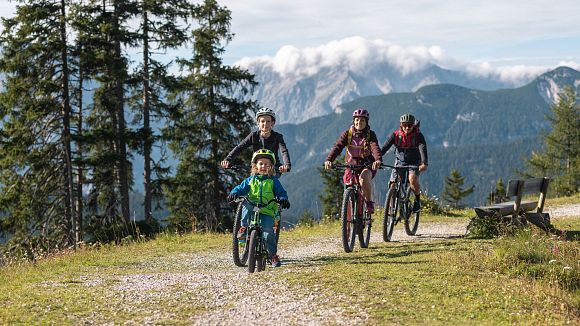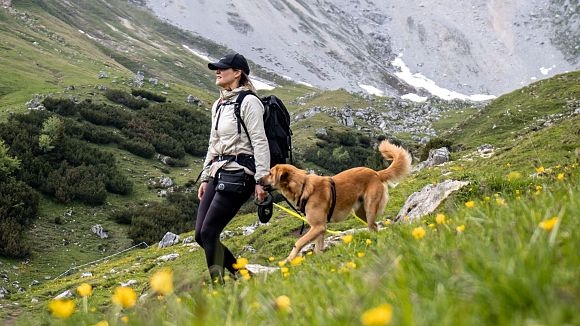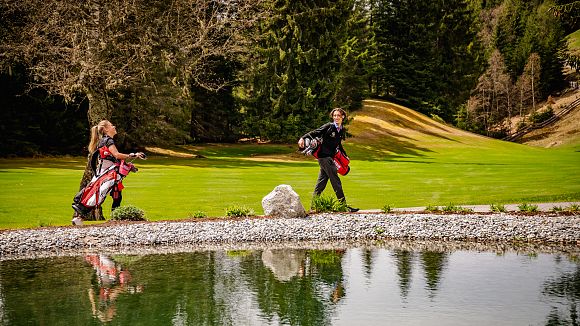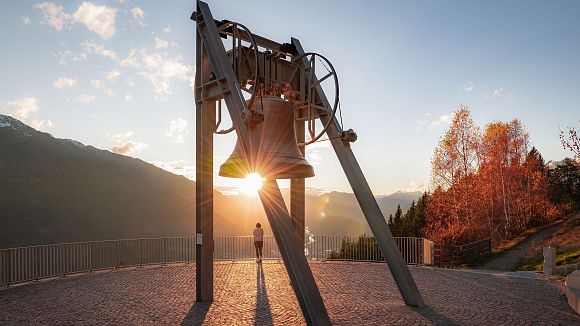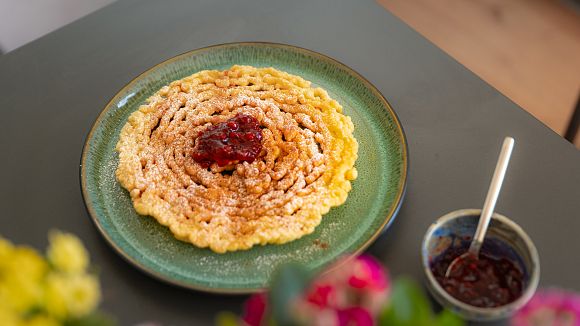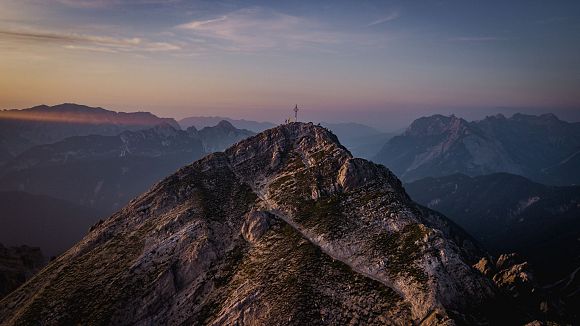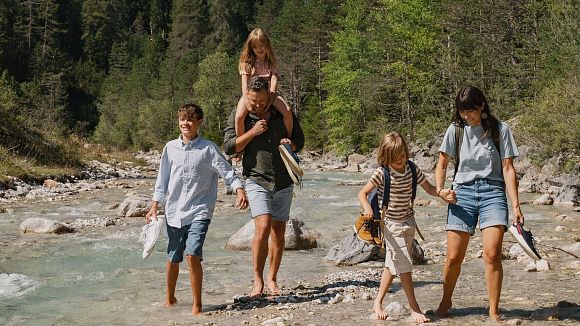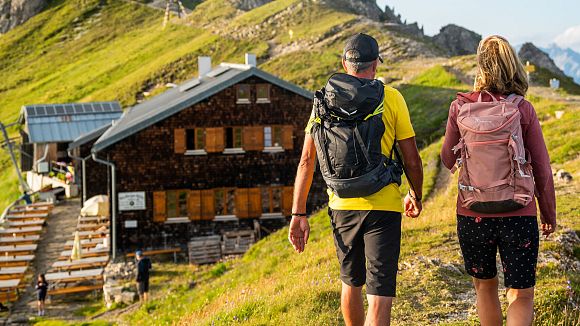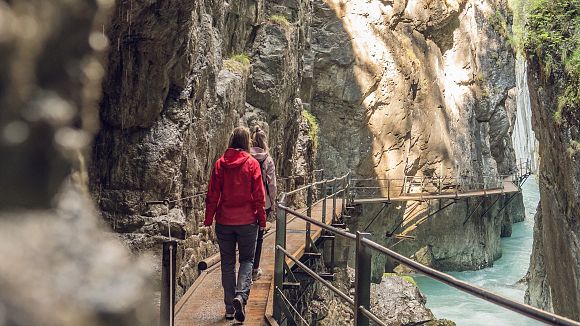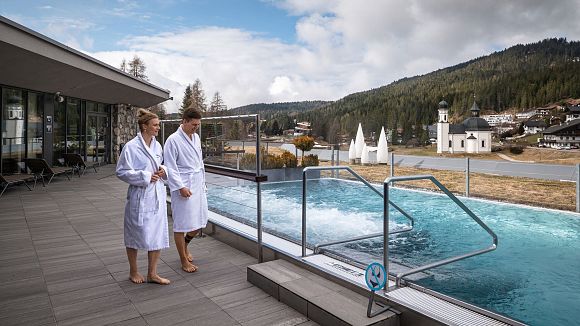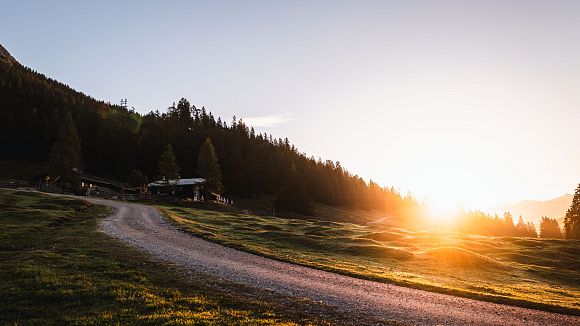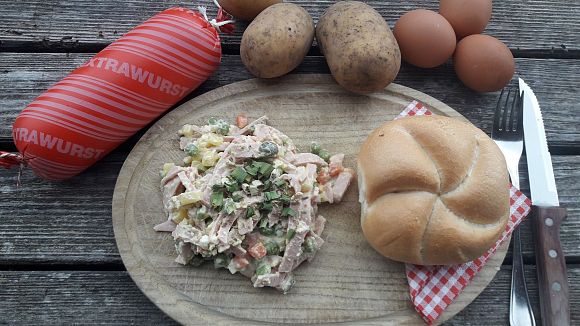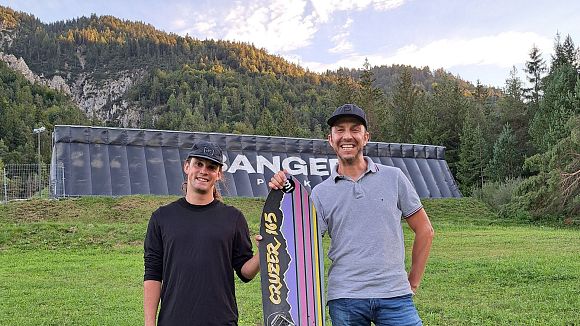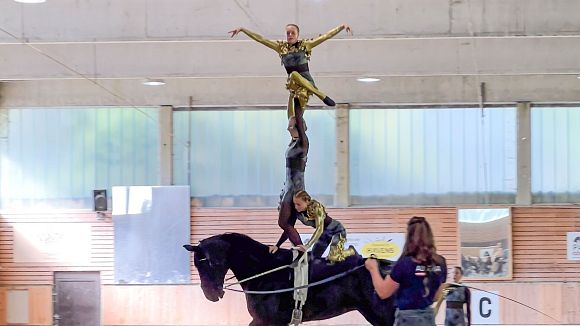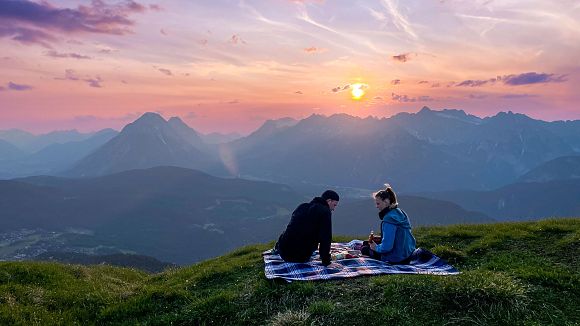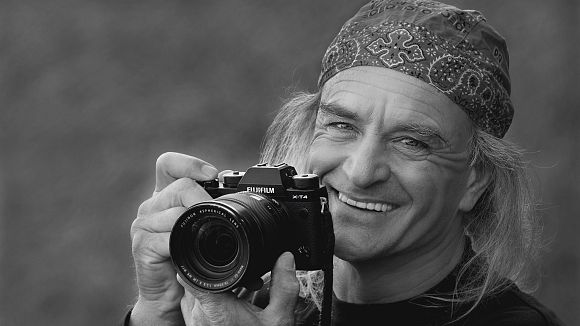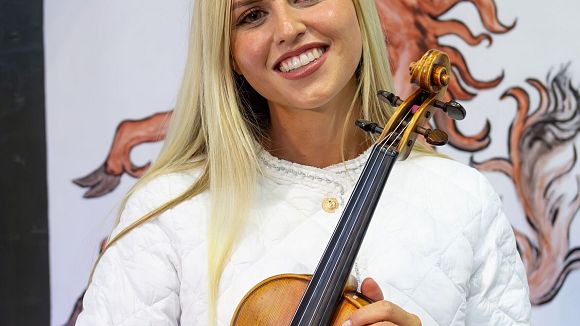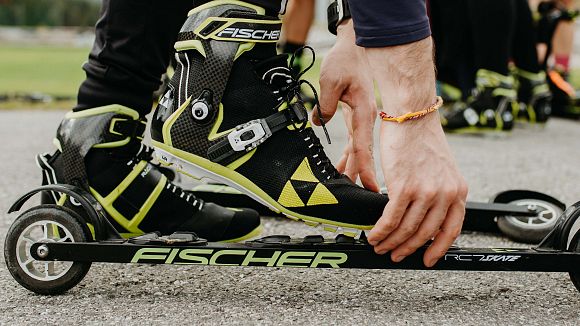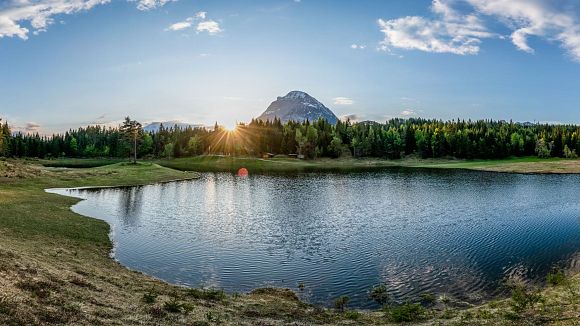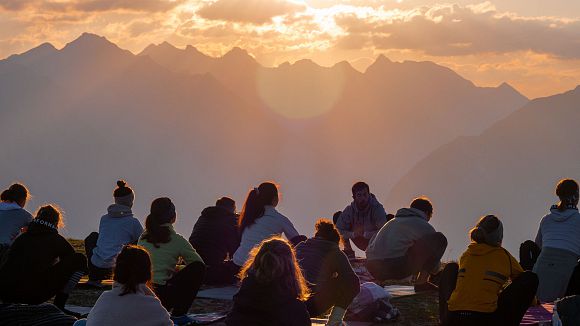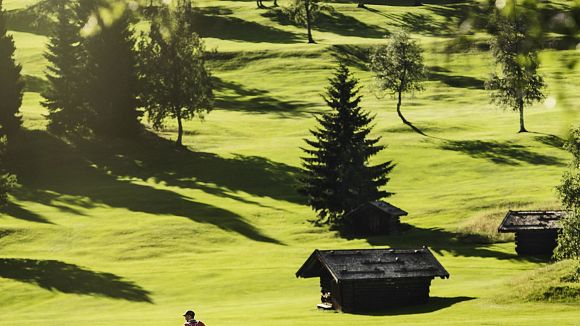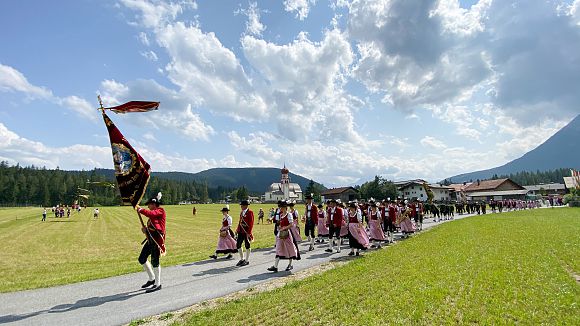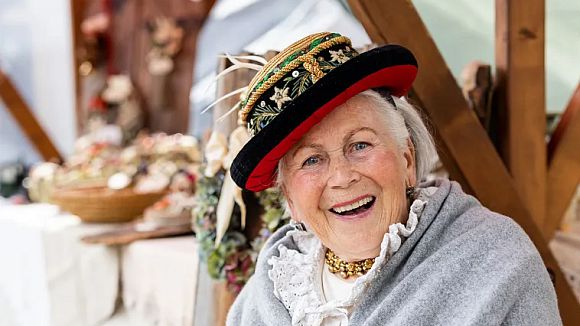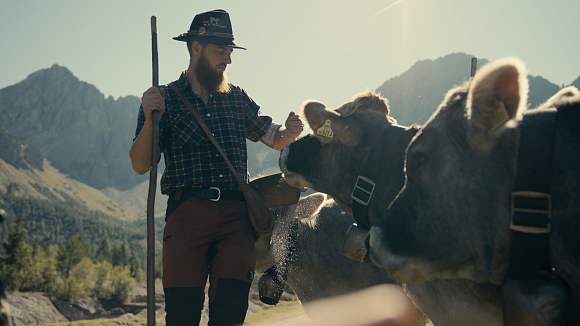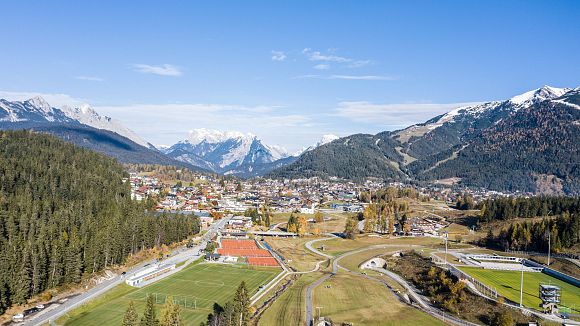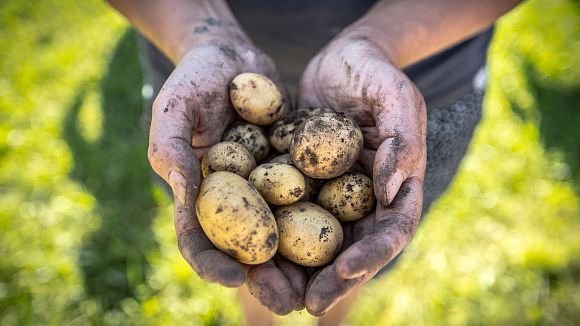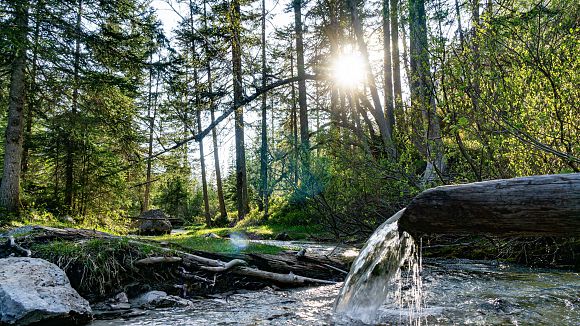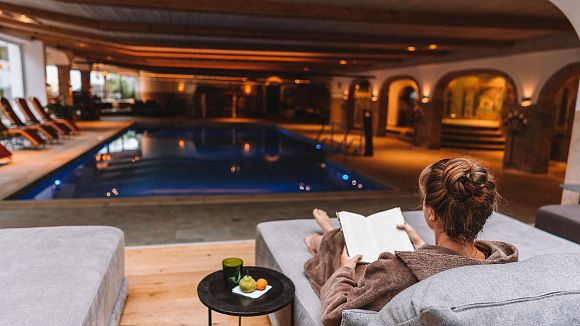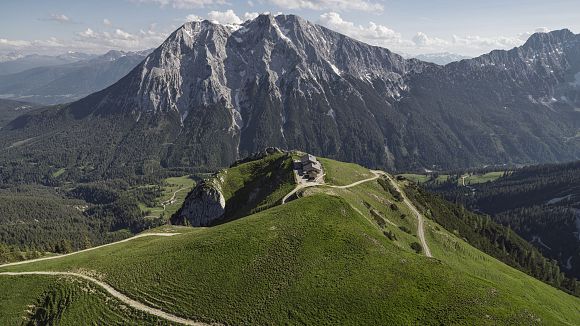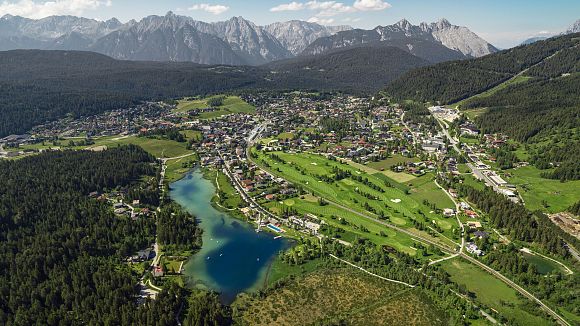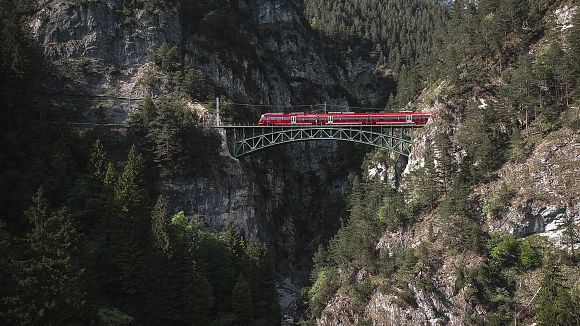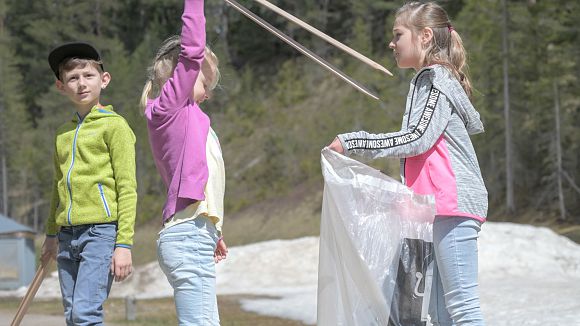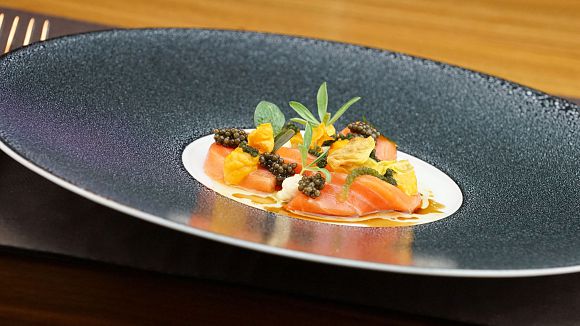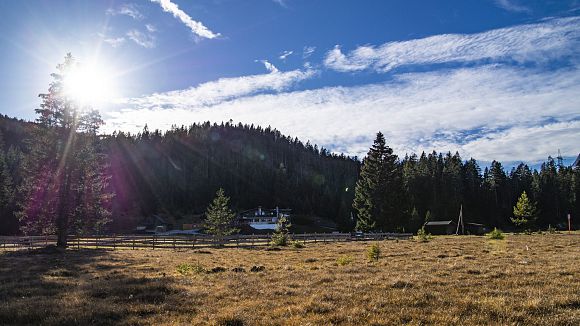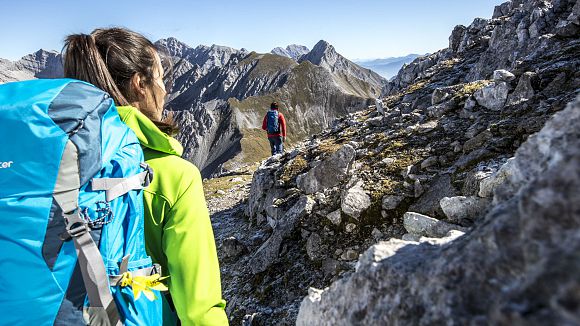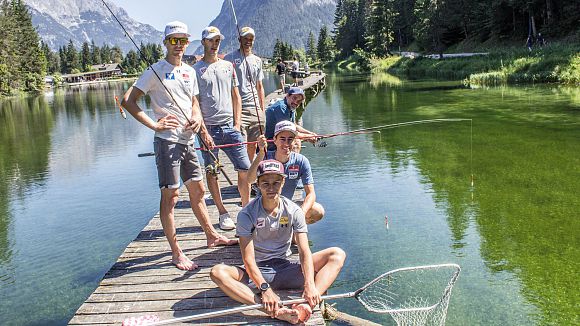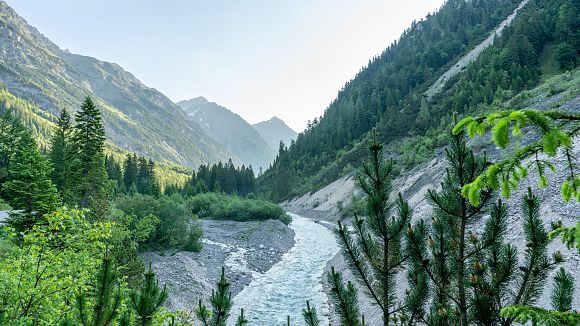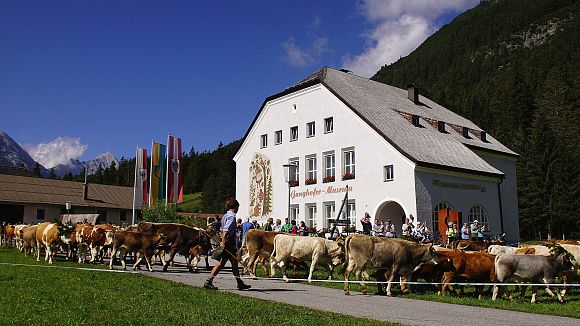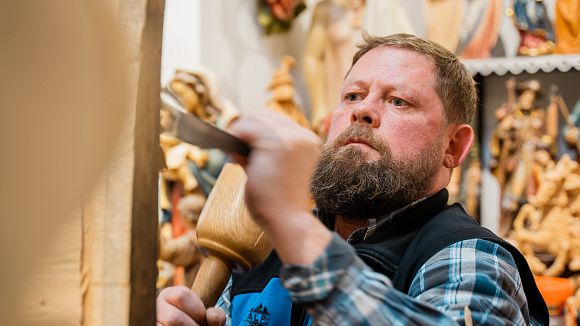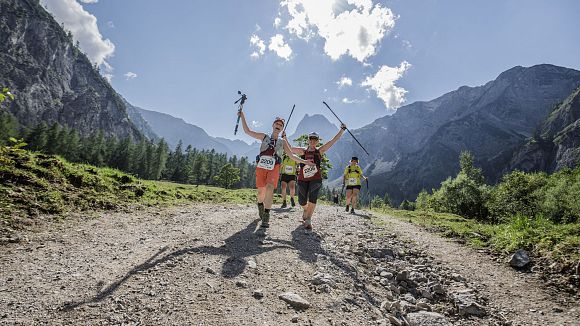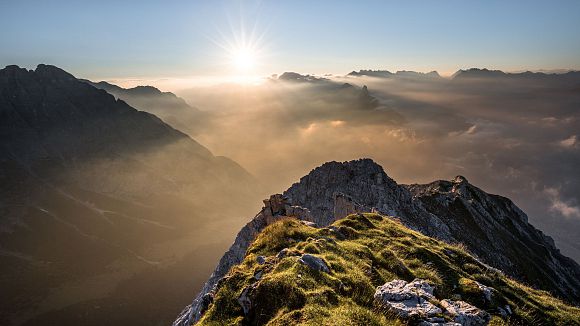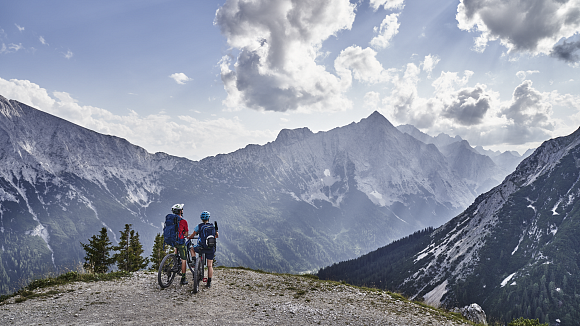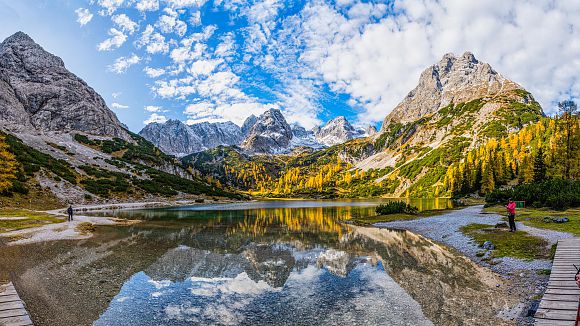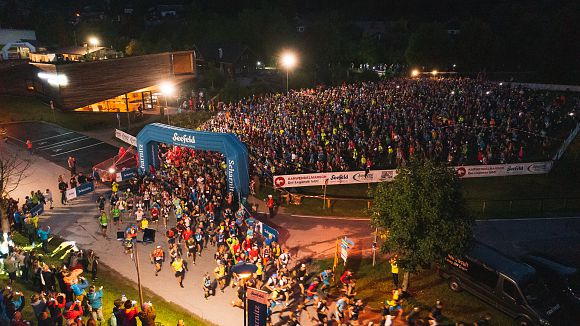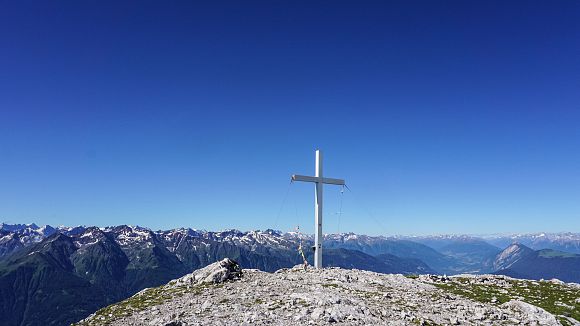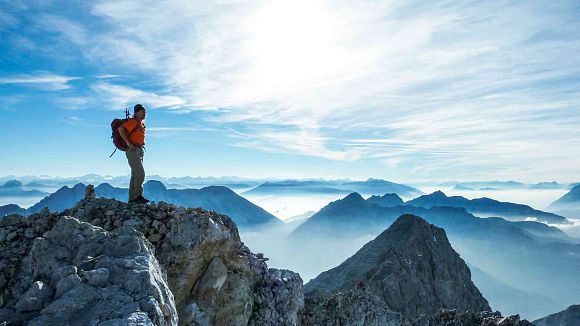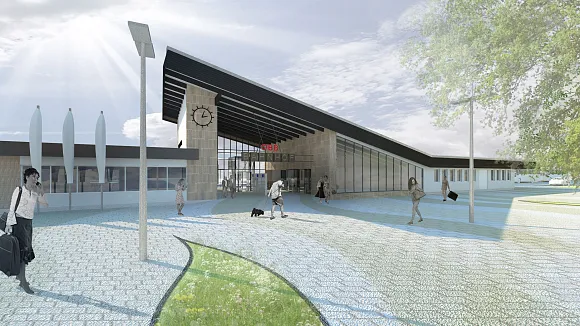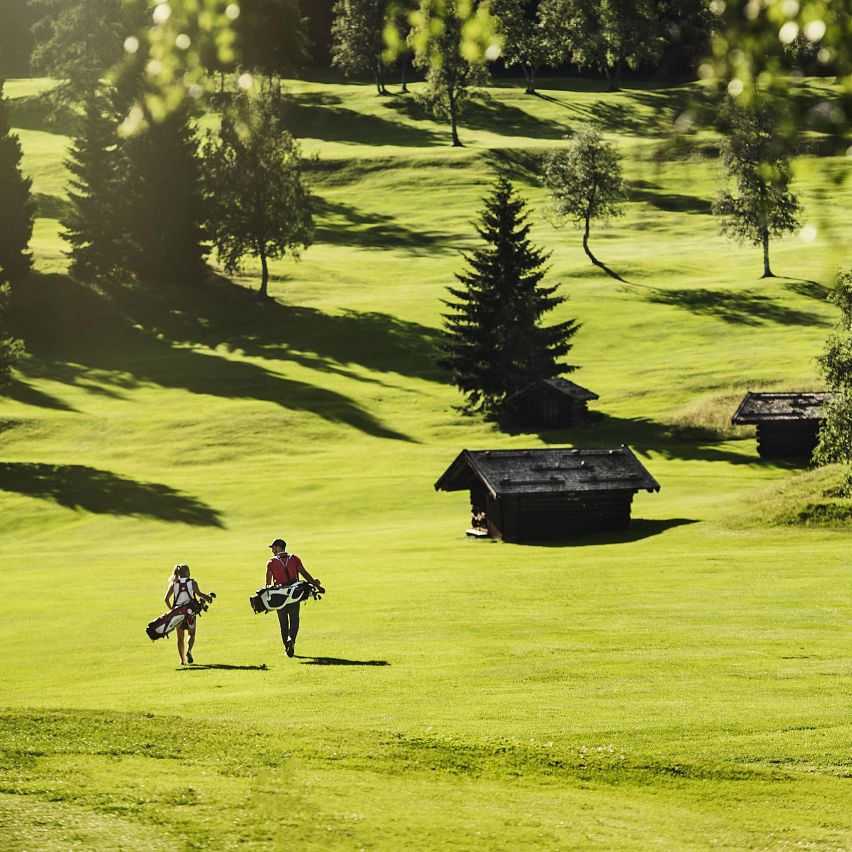
von Zeit.los Magazin
October 13, 2022
Golf
Golfclub Seefeld-Wildmoos: A declaration of love for the anniversary
As a rule, one rarely commits a round alone and yet golf is an eternal game against oneself. Hardly any other sport teaches more humility and is so incredibly beautiful at the same time. What often seems so effortless and easy is actually hellishly difficult. It is a fine art to sink the tiny ball with a "plop" into a scarcely less tiny hole. "Golf is not a matter of life and death. Golf is more," say the Scots.
Golf Club Seefeld-Wildmoos celebrates birthday
The Seefeld-Wildmoos Golf Club is already a very special one of its kind. And it is 50 years old this year. Or young, as the case may be. As a winter sports region, the plateau has always been widely known, but that it is also really nice here in the summer, one had to learn first. Marc Hodler recognized it and it may almost resonate a little irony that it was a winter sportsman of all people. Hodler was president of the World Ski Federation at the time when he decided that the terrain would also be ideal for a golf course. Originally, the FIS president had come to Tyrol in 1963 to take a look at the course for the Olympic cross-country skiing competition. It may have been a coincidence that he discovered the future site of the Seefeld golf course in the process, but at least it was a nice one. A few more years passed before the first balls were hit in Wildmoos, just outside Seefeld. This was mainly thanks to Walter Frenes, then tourism director and today still honorary president of the club.
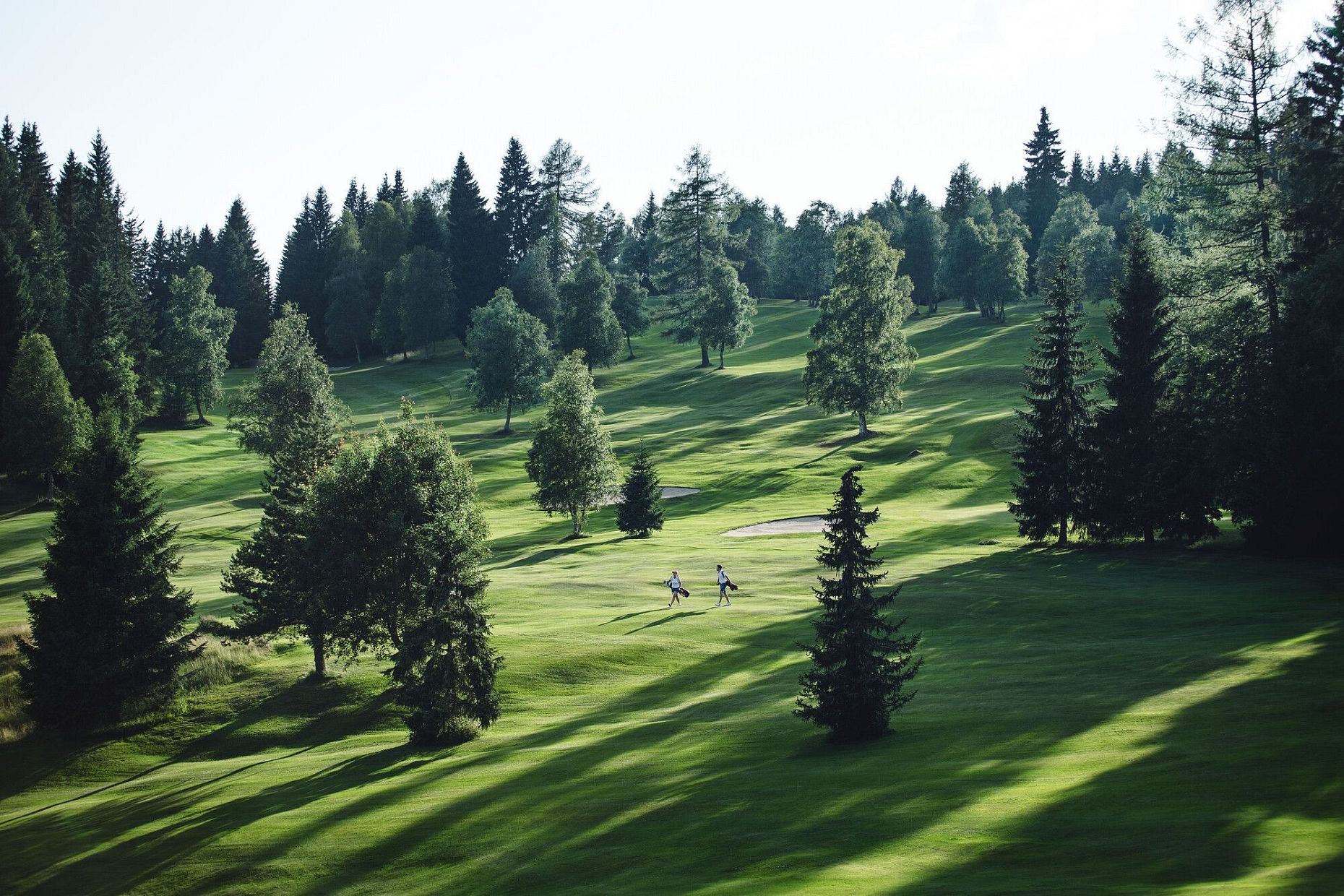
GC Seefeld-Wildmoos
The search for the best course
Donald Harradine, an Englishman who has since sadly passed away and was one of the few truly renowned golf course architects in Europe, was ultimately hired to design the course. With him, everything suddenly went very quickly. Harradine came to Seefeld in 1967 to look for the optimal terrain. Four were shortlisted, but three were rejected for various reasons. The area between Seefeld and Mösern seemed to Harradine to be too boring from a golfing point of view, a planned project on the Wildmoosalm proved to be too expensive and in Neuleutasch land negotiations became an unsolvable problem. Wildmoos it should become. And even though it was not entirely without setbacks, the Seefeld-Wildmoos Golf Club was founded in 1969. Among other things, a continuous rainstorm washed away the first fairway and the tee, and the tenth hole had to be seeded three times. The main problem, however, was the greens, and they remain so to this day. It's quite a feat to get them through the long winter and ensure a proper spring awakening. In 1970, the first six holes could finally be played, in 1971 the first nine, and in the fall of the same year, the locals played all 18 for the first time. Just one year later, a sports championship tournament was held at the course, with stars such as Toni Sailer, Bernhard Russi, Christian Neureuther, Bubi Scholz and Armin Hary swinging the clubs. Even former provincial governor Eduard Wallnöfer became an avowed golf fan. Golf changed the summer on the plateau. A real run began, also because there were no alternatives in the region. The course itself did and does its part, because it is truly special. "We had unbelievable tournaments," looks back the current president and first woman at the helm Andrea Hoch-Sarnthein. "You didn't have as many entry slots as you could have given out." In the course of the 50th anniversary, she is trying to accurately trace the history of the club, which is not so easy because there is no chronicle. She is also gathering the historical pictures with patience and meticulousness.
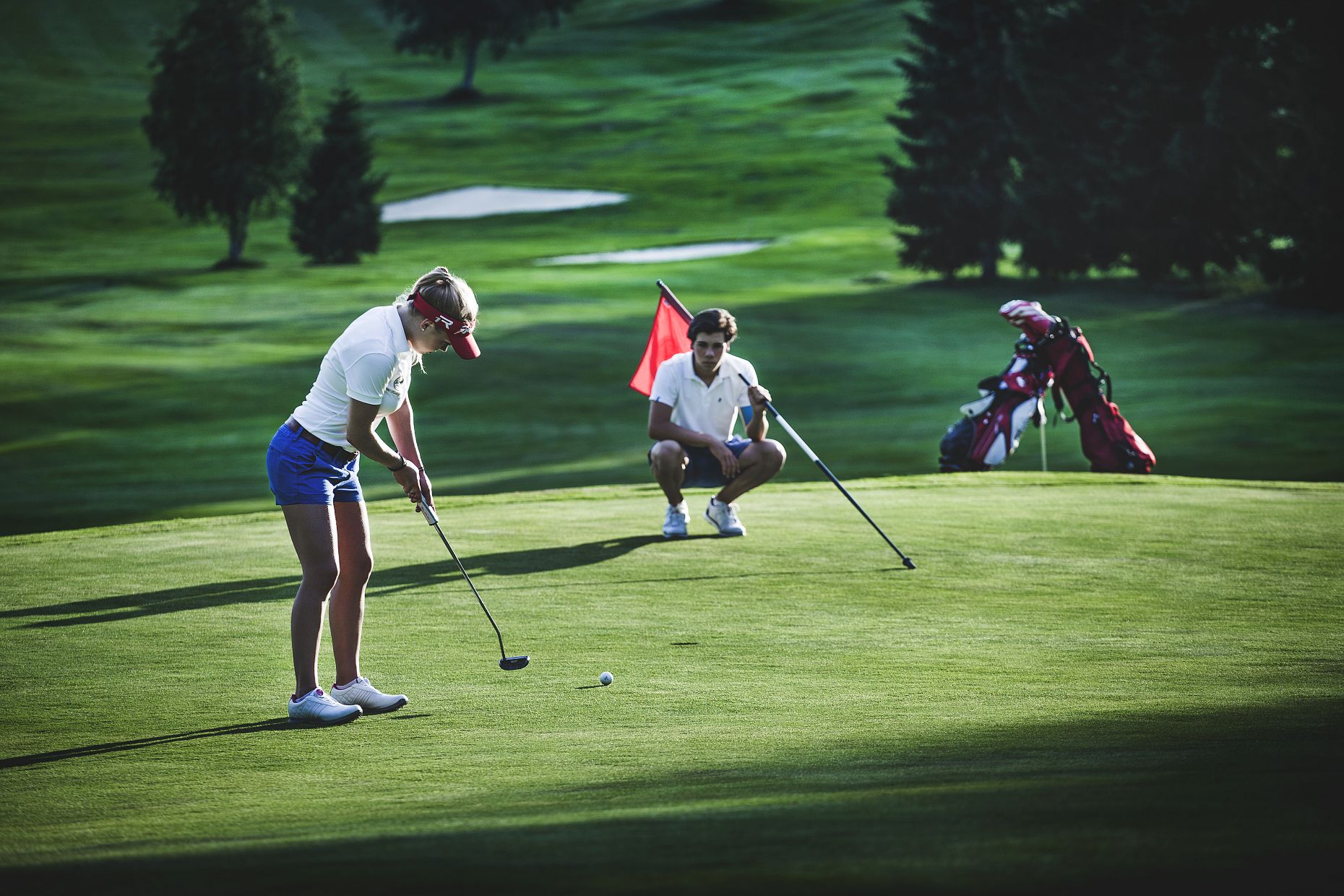
Golfing at the Green GC Seefeld-Wildmoos
Fresh wind in the golf club
The golf club is also just getting back. After the initial euphoria has subsided, the club has been a bit on the spot. There was a lack of driving investment. The anniversary is a welcome occasion to spruce up the club and the course again. "Our goal is to get back to where we once were," Andrea Hoch-Sarnthein is optimistic. "We want to appeal more to families, to rejuvenate the club." This is to succeed through an exceedingly attractive offer: In the anniversary year, the admission fee will be reduced from 5,000 to 50 euros. Children and young people play for free on the course until they reach the age of 18, 18- to 25-year-olds pay no admission fee and receive a reduction of half in the annual playing and clubhouse maintenance fee (together regularly 1,150 euros). "In the past, you had to pay half the enrollment fee at age 26 to become a full member. That was still 2,500 euros. At that point, we lost many," Hoch-Sarnthein sums up. Now this goes automatically and should also the partner play gulf, this receives a discount of 25 per cent on the annual contribution. The really low annual fee is already bearing fruit: the number of children in the club has doubled from 20 to 40. "To keep the kids playing golf, the parents have to play, too. We also want to accommodate them with the reduced admission fee. We need to build our clientele from the bottom up."
How a movie got her into golf....
How Andrea Hoch-Sarnthein herself came to play golf is a story almost as exciting as the one surrounding the golf course. In 1969, the film "The Forgotten Valley" was shot around Schneeberg Castle, where she lived with her family at the time. In addition to the main actors Michael Caine and Omar Sharif, the film also featured the Swede Per Oscarsson, who began playing golf in the castle park. "We were very curious as children and soon noticed that he used a different club for each shot. That fascinated me even then. I wouldn't have imagined back then that exactly 50 years later I would be president of a golf club," says Andrea Hoch-Sarnthein. It took another 30 years for her to start playing herself, but she still does it with a lot of passion.
"Whether you go out early in the morning, midday or in the evening, the course changes. Every round is different, you're never going to play the ball in the same place."
A golf course in the middle of the imposing mountain world
What the president likes so much about Wildmoos? It starts with the drive to the golf course. You drive down a narrow road through the woods and wonder if you're still in the right place. "The reason we put up several signs is because people think they're all wrong." They're not. You pull into the parking lot, walk up to the clubhouse and see the eighteen. "It gets really fascinating when you play up the one, the cannon barrel. And then the course opens up, you see how everything opens up," Hoch-Sarnthein enthuses, and it almost sounds a little like she's happy at the same time that her plan to bring the course back to the forefront is also working out. It is already a Leading Golf Course. And rightly so. But it has to be defended. Again and again. "You need a strategy for the course, otherwise it repels you," she continues. "But it also helps you."
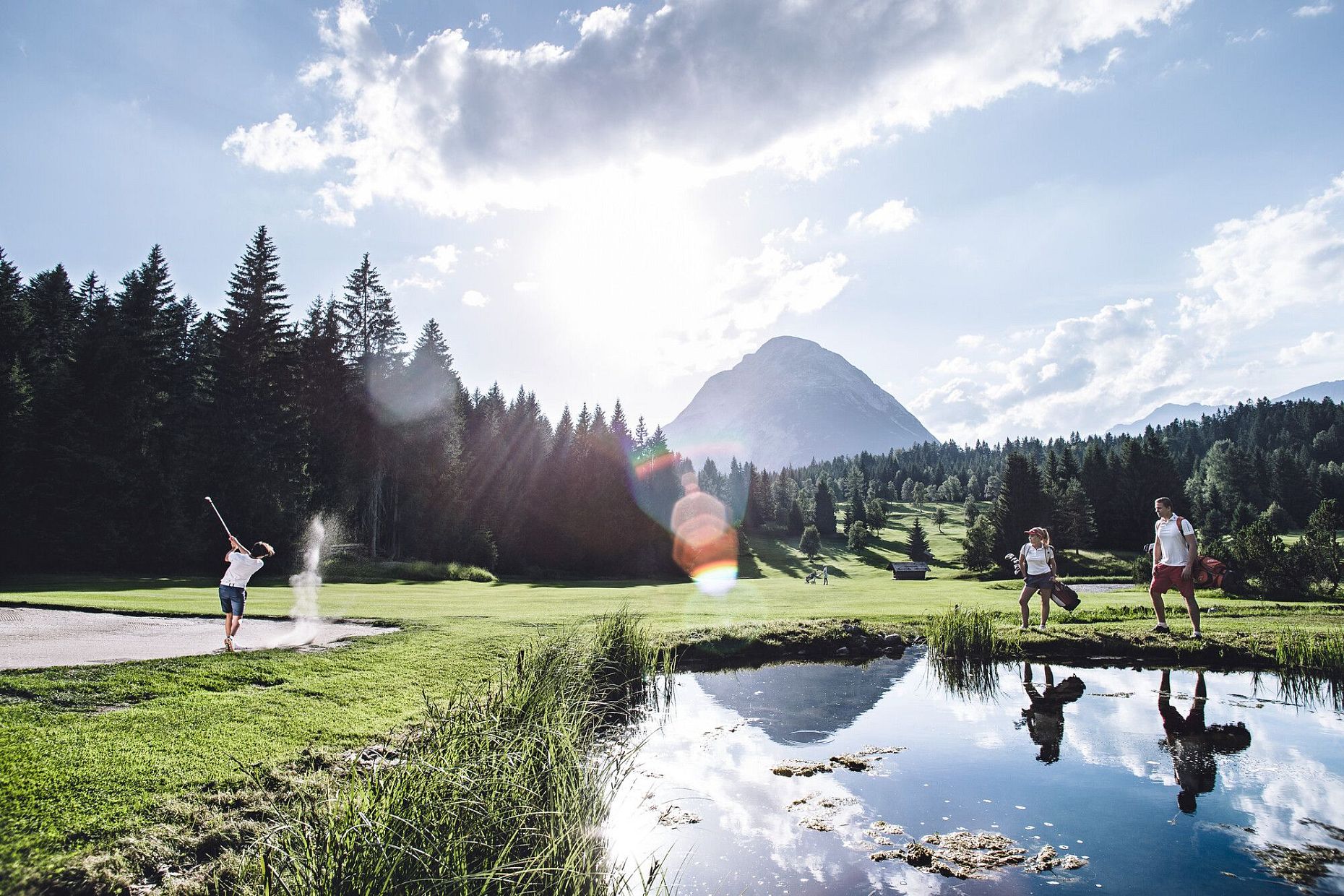
Shot from bunker GC Seefeld-Wildmoos
Then comes the nine. It was Donald Harradine's favorite hole. Incidentally, his son Peter will speak at the July 4 reception to kick off Golf Week. "The nine you play from the top, that's the last hole before you go back to the clubhouse. You play down and the ball flies and flies and flies. That's the beauty of it, whether you have a good shot or a bad shot: The ball always flies." The second nine holes are challenging, with another steep climb at the ten. You stand on the tee and can't see the green. "At fourteen there's a big rock on the right, you play ahead and then it's a steep descent like a downhill. You see a barn." Yes, the barns. They accompany you everywhere. Just like the mountains and the breathtaking view into the Karwendel. And into the Stubai Alps. You see the Hohe Munde as it slips into view again and again. If one perceives it then, the beauty. "I still see it all," says Andrea Hoch-Sarnthein. "There are a lot of golfers who play just for the sport, who get angry about bad shots but don't see nature anymore." In doing so, she reconciles with everything.
Blog Tags
Share

